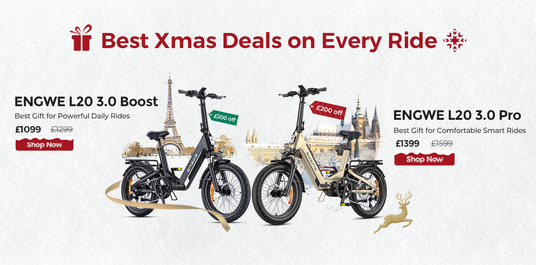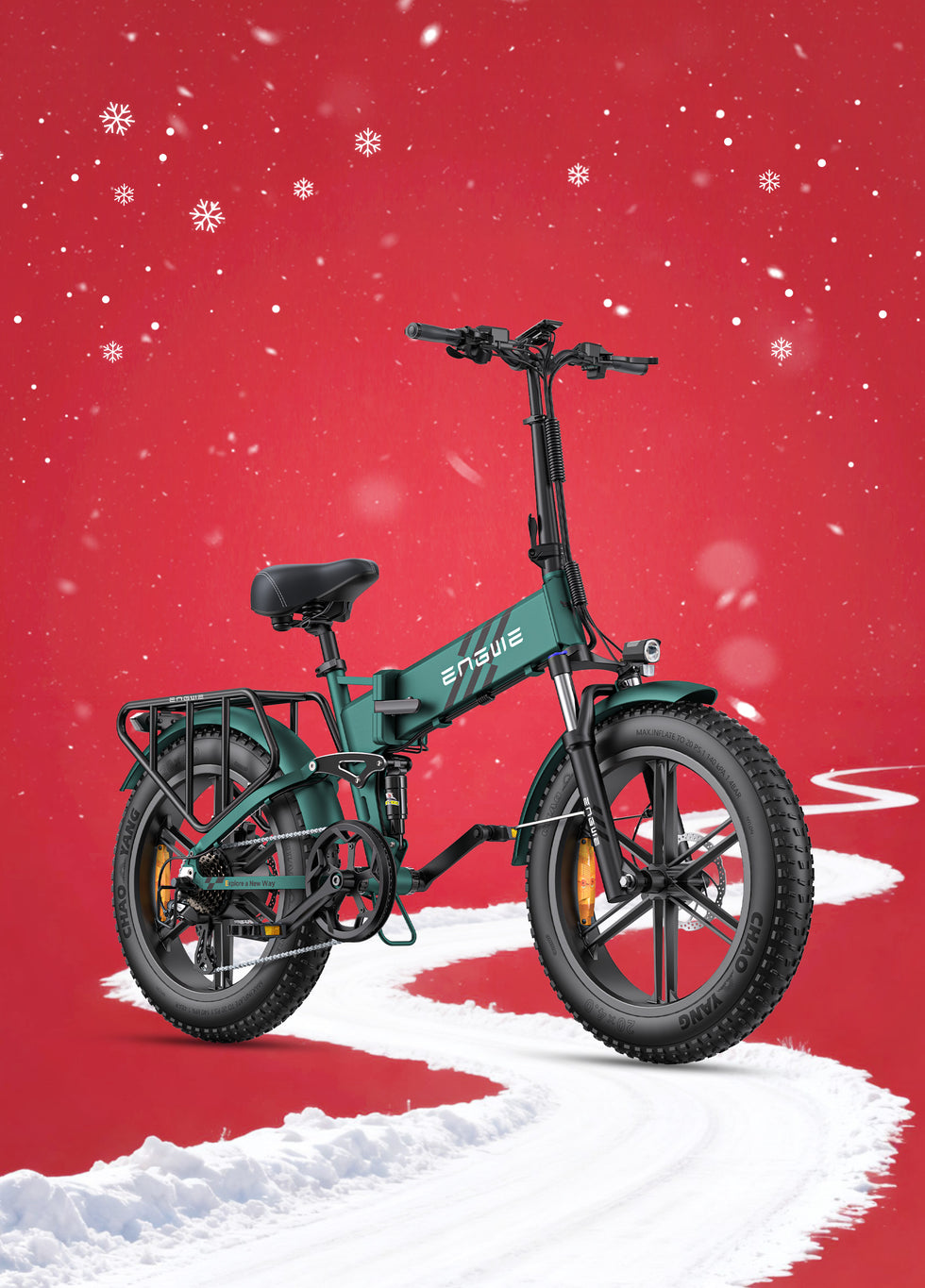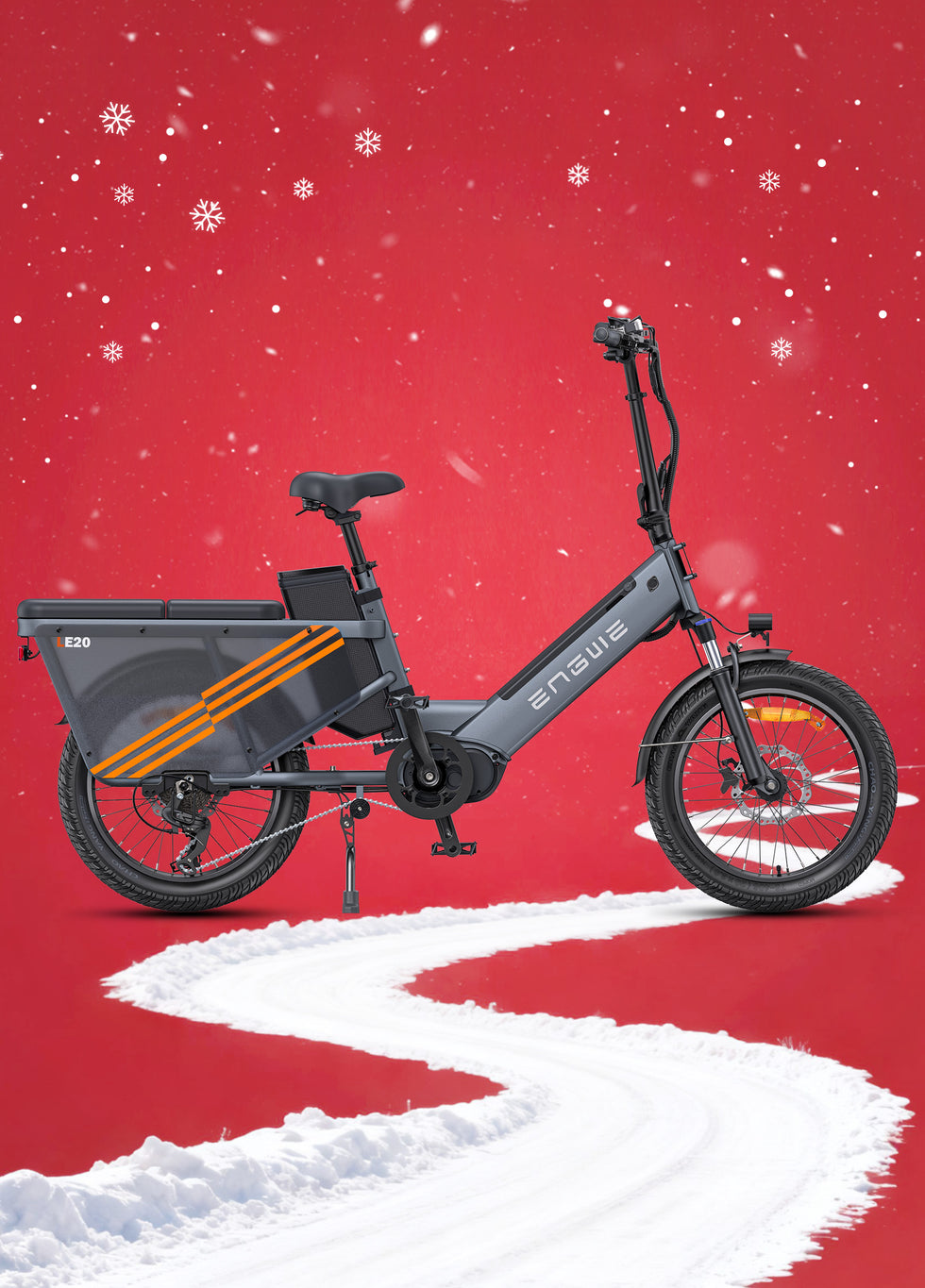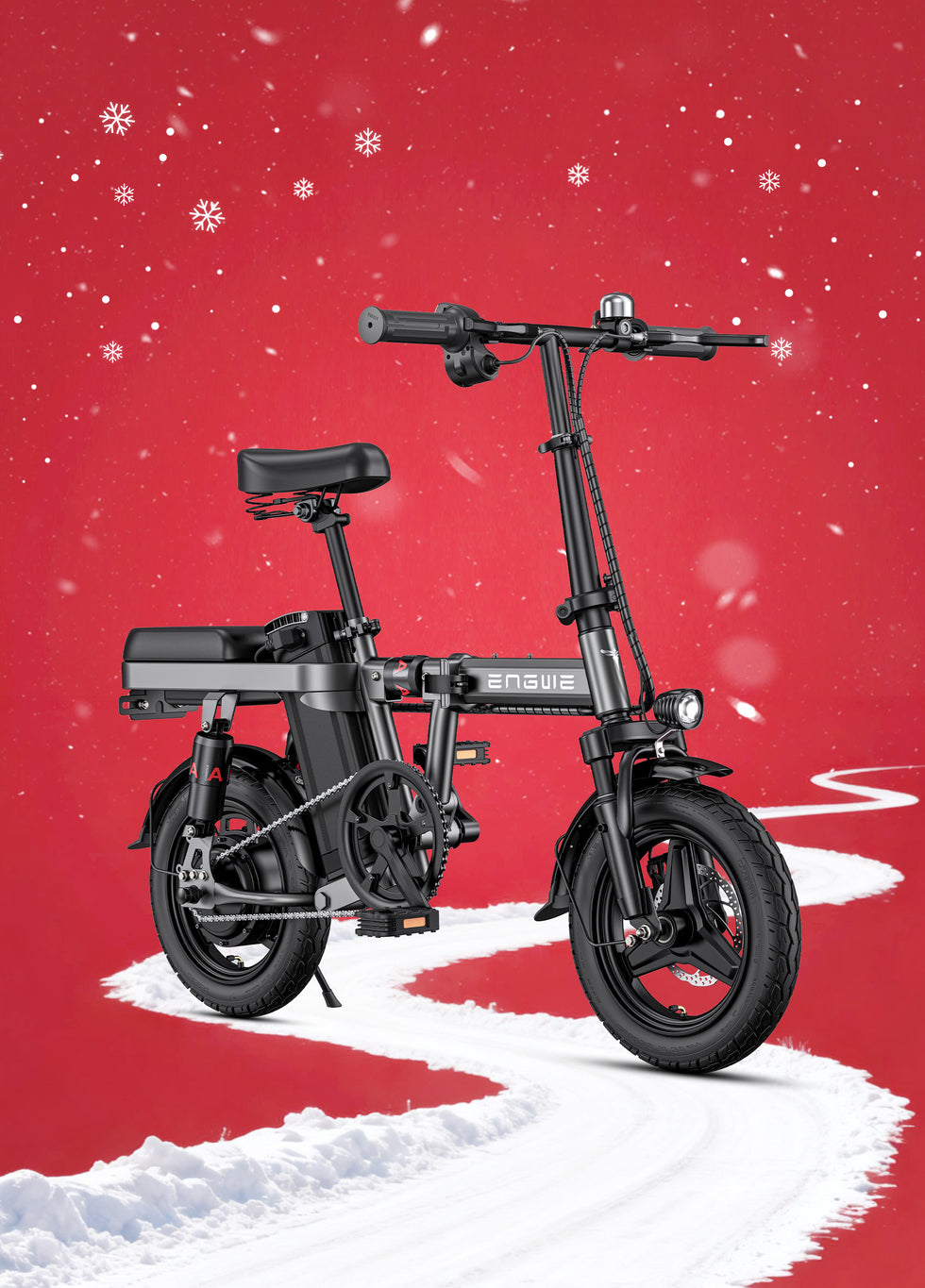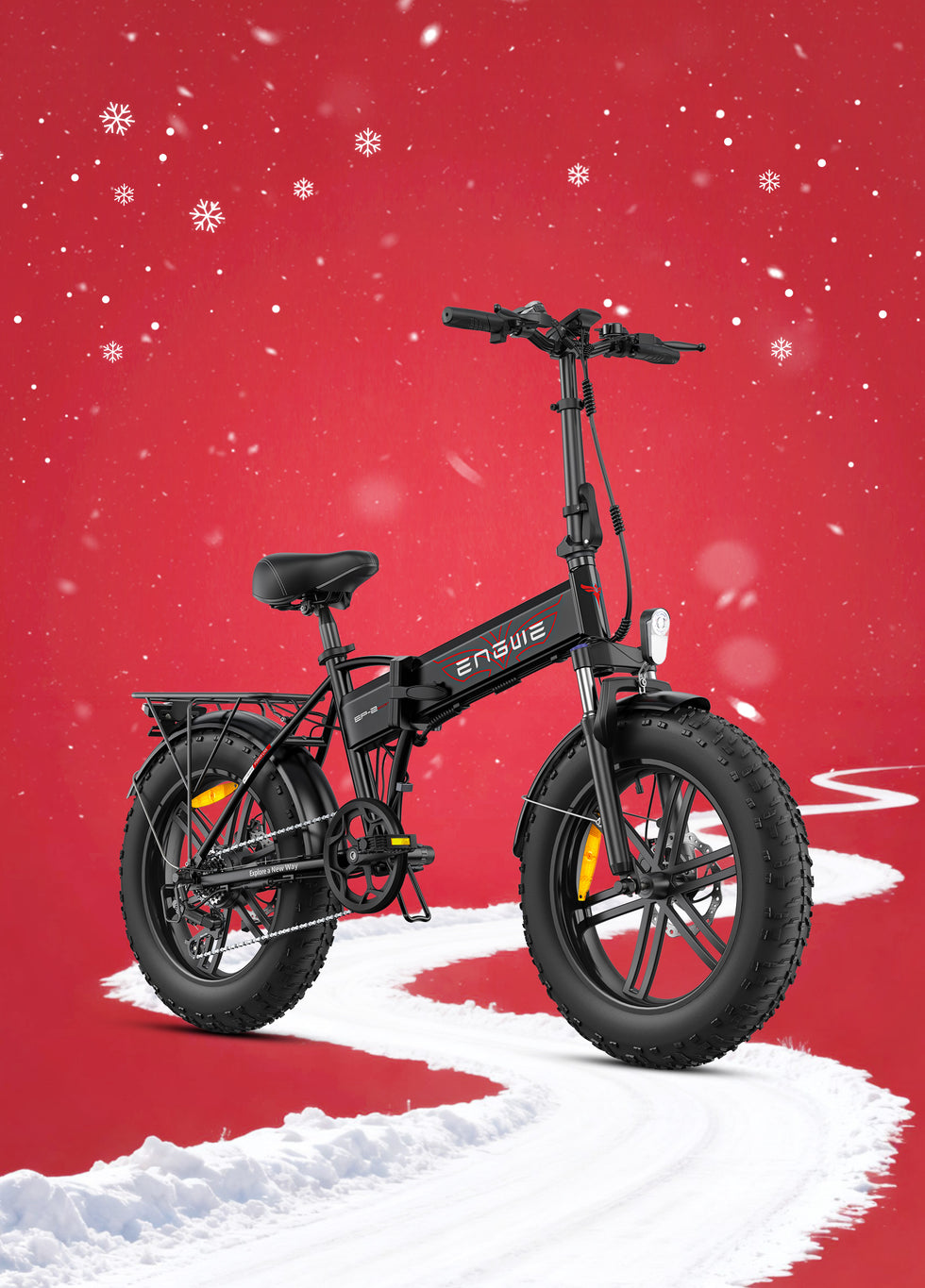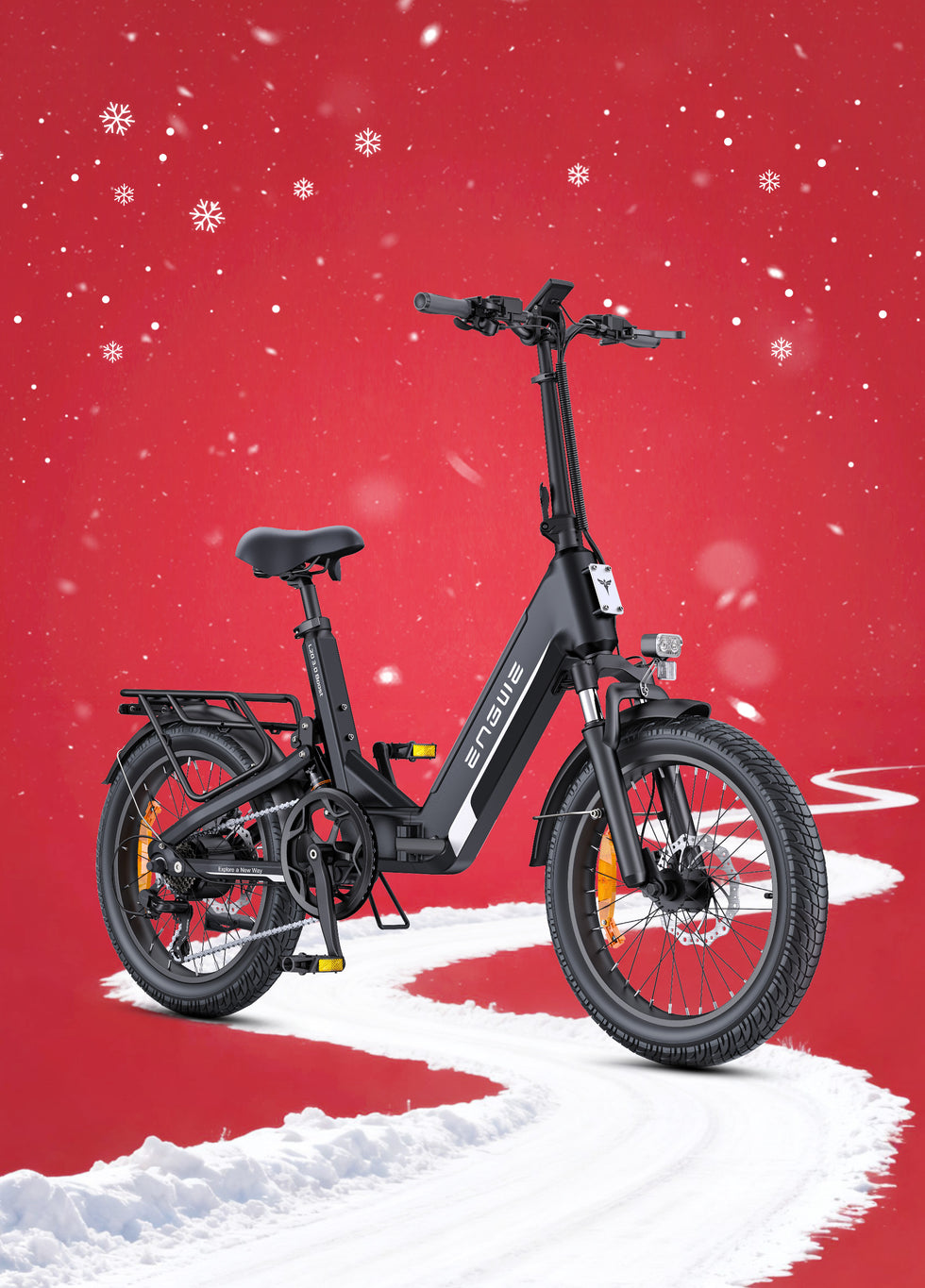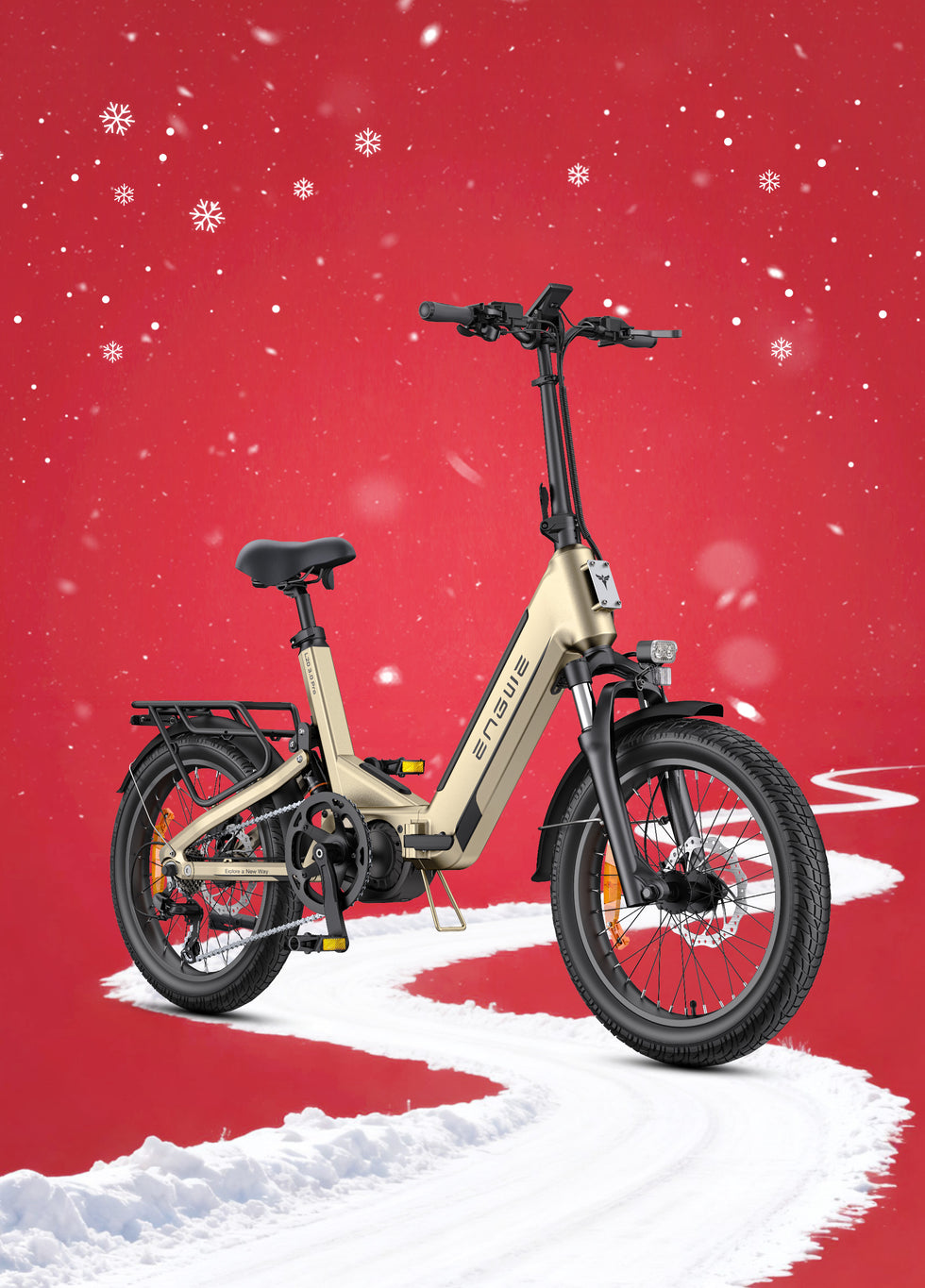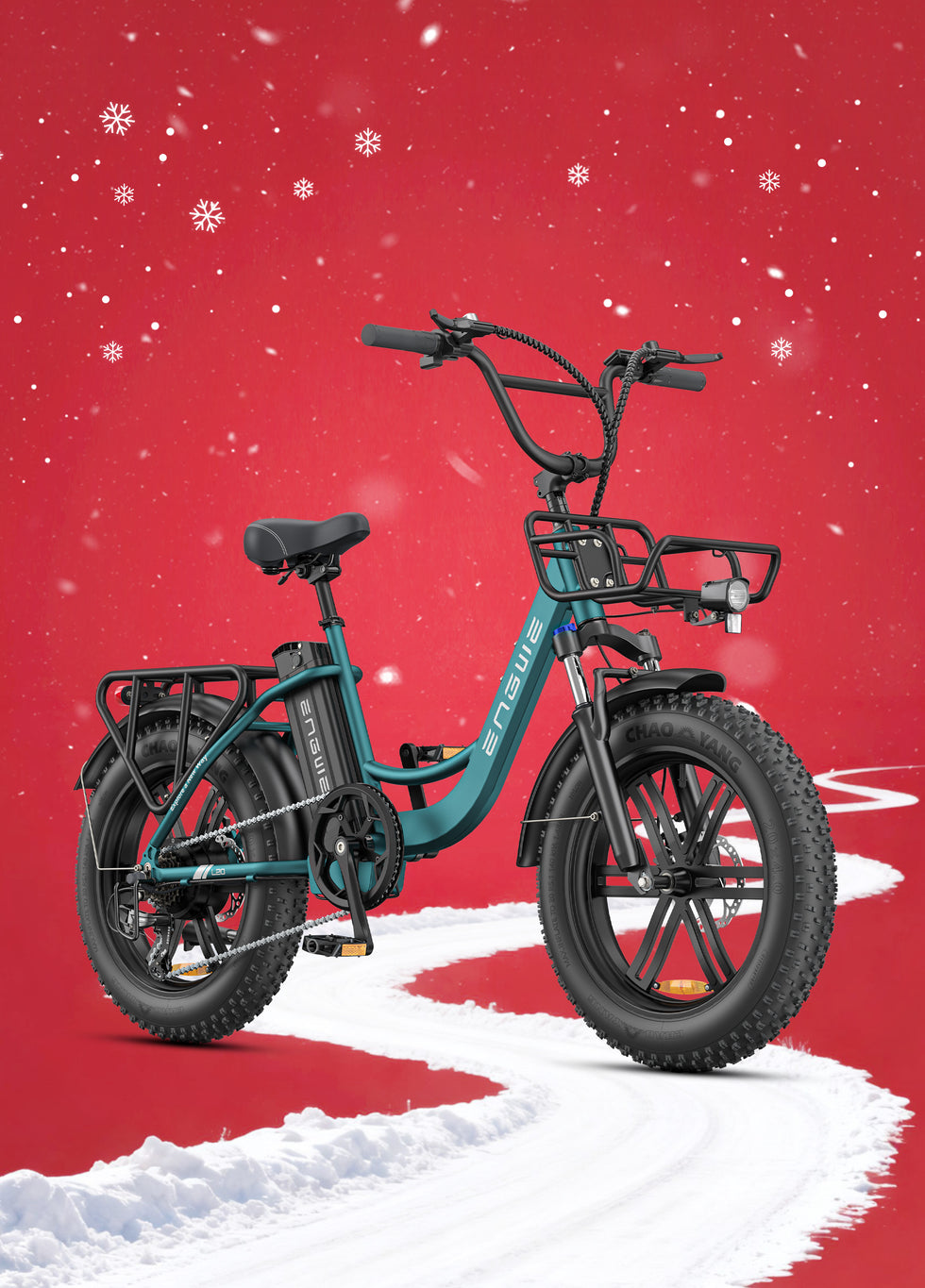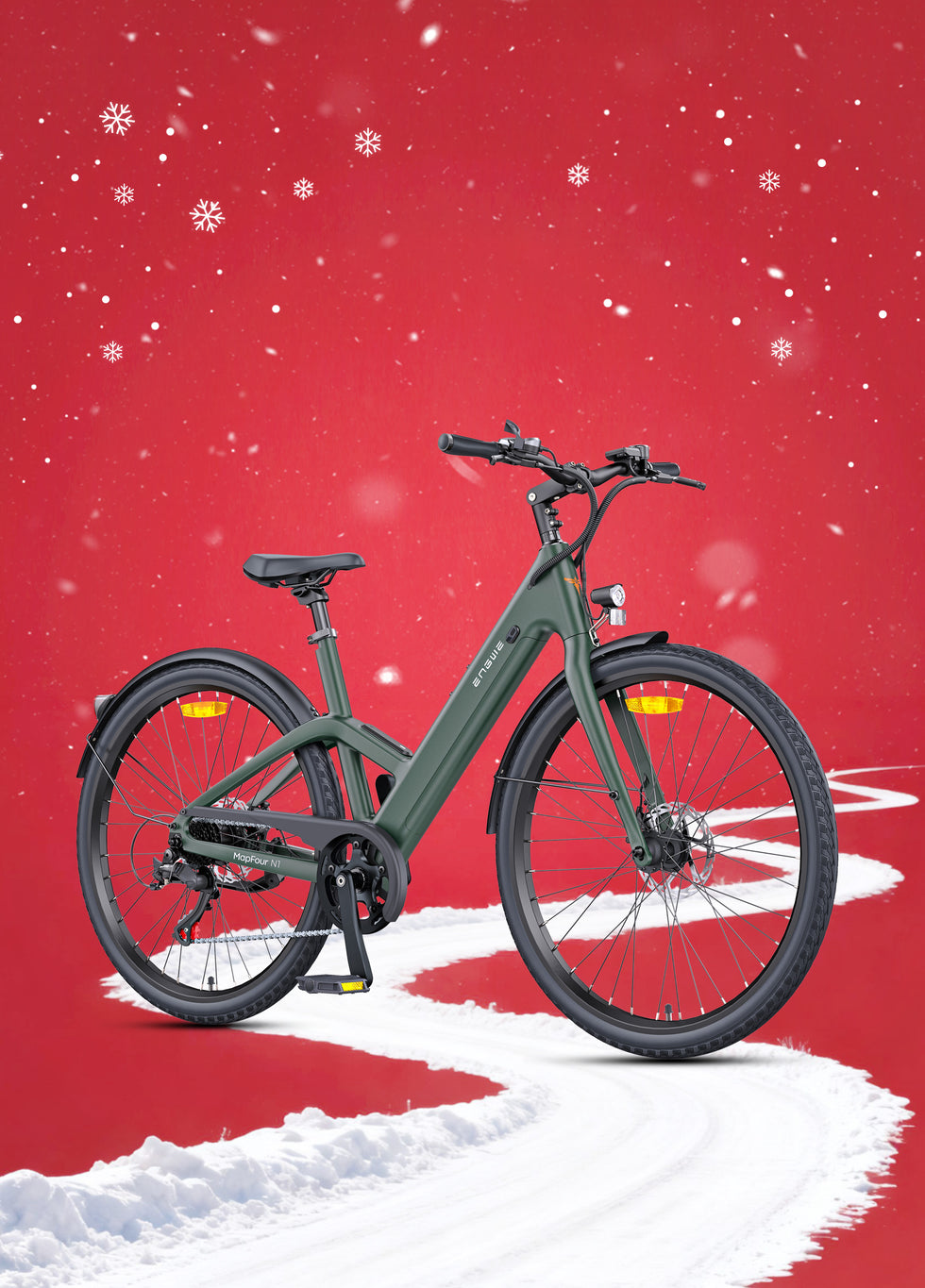Find Your Champion Electric Bike
There is no “best” electric bicycle; instead, the term becomes relative to your own preferences and needs. The ideal e-bike for a lifelong off-road cyclist is a world apart from what a city commuter requires. The question is not, “What is the best electric bicycle?” but "What is the best electric bike for me?" I ride, test and analyse these machines day in, day out, experiencing first-hand hours and hours of time in the saddle. So as you attempt to make your head around what the best thing for your riding and your life is, breathe, and read on, as below are my top cleanest electric rideables with potential to change the way you look at how the world should be explored. Forget searching for a champion; let’s find your champion. This guide is meant to help you feel empowered to make an educated decision and to have it feel more exciting than overwhelming.
First, Understand Your Needs
Before you even start to consider particular models, you need to have a frank conversation with yourself about what you expect to do with your electric bike. Your first use case is the most important factor that will determine the right features, power and design for YOU. In general, riders can be categorized into three groups:
The Daily Commuter
Your one job is to get across town efficiently and on time. You want a bike for getting in place of car rides or jam-packed subways. For you the important parameters are reliability, tarmac-riding comfort and practicability. Mudguards, a pannier rack for transporting a laptop or your shopping, and integrated lights aren’t luxury options; they are necessities. You may also appreciate a foldable design if you have a train trip included in your commute, or little storage space at home or in the office.
The Weekend Adventurer
You view an electric bike as a means to leisurely explore and travel. Your rides could be long stretches on quiet country lanes, canal towpaths or easy forest trails. The battery range is most important for you. You should have the freedom to roam all day without the fear of the dreaded ‘range anxiety’. Comfort over long journeys is also crucial, so excellent suspension and a comfortable riding position are more important still. You care more about performance and battery life than you do absolute portability.
All-Terrain Explorer
You want to surf the adrenaline of high-risk terrain. You ride up steep hills, over bumpy tracks and through muddy paths. You’re, first and foremost, power-hungry and tough. You will need a strong frame, a powerful motor with ample torque to pull up hills, and grippy, wide tyres that can handle a number of different surfaces. Good suspension is a must for soaking up shocks, and strong brakes are vital to get down loose trails safely.

Decoding the E-Bike Technology & Top Picks
As soon as you know what kind of rider you are, you can begin to decode the technical specs. Don't let it scare you; the essential parts are simple when you grok what it is they're doing.
The Motor
In the UK, a road-legal electric bike motor is limited to 250W continuous power, with assistance limited to 25 km/h (15.5 mph). The sensor used is the main difference. A cadence sensor gives power from the moment you start pedalling, providing a pure and direct boost. But a torque sensor is a bit smarter. It senses how hard you are pedalling and matches the motor’s output. This makes for a far more natural and instinctive riding experience and feels like the extra power is actually coming from you. It feels crisper, is less taxing on the battery and provides you with more of a feeling of control.
The Battery
A battery's size is its capacity in both Amp-hours (Ah) and Volts (V). The higher the Ah figure, the longer you can go. Lithium-ion batteries (really lithium nickel cobalt aluminium instead of lithium iron phosphate) are commonly found in the modern e-bikes you see in the wild – they’re fairly light and usually last a long time. Find a removable battery. It’s a massive practical bonus, meaning you can also charge it indoors off the bike, and as a security feature against theft. Note the manufacturers' claimed range, but take it with a grain of salt because this value is generally on the generous side of things (flat terrain, low assist level, featherweight rider).
Brakes, Gears and Tyres
Disc brakes are standard on any decent electric bike, providing better stopping power in all weather conditions compared to older rim brakes. Disc brakes, in particular, have two variations beyond the cable-actuated mechanical variant: mechanical disc brakes, which are reliable and low-maintenance, and hydraulic disc brakes, which provide additional stopping power and improved modulation. For gears, a good system like Shimano will give you reliability and a large range of gears for dealing with hills. Finally, consider the tyres. Narrower tyres are the fastest on smoother surfaces, while wider, ‘fat’ tyres put comfort, grip and freedom to ride over almost anything in your path first.
Best Performance for the All-Around Rider: ENGWE EP-2 Boost
If you are looking for an electric bike that packs power, portability, and all-terrain ability in one, look no further than the ENGWE EP-2 Boost Fat Tyre Folding Electric E-Bike. It’s a machine that appears to grasp the desires of the modern rider who demands it all. Its EU-legal 250W brushless motor is further enhanced by a feature not often seen on bikes in this class – a Boost button. At a push of a thumb, it delivers the full 55Nm of torque and breezes up steep hills in a way that would leave other bikes blowing. This is mated to an up-to-the-minute torque sensor and gives you that incredibly smooth, intuitive power delivery we talked about just above. It feels less like a machine pushing you and more like you suddenly have superhuman legs. This combination of power on tap and smart assistance is joyful for every ride. It can be all things to all people, and that’s the beauty of it. The 20 x 4.0” fat tires and front suspension fork help transition over a bumpy road or trail to give a smooth ride, comfortable for your shoulders and wrists in a non-paved environment, such as city potholes or gravel roads, building confidence when cycling off-road across country trails. But its combination of design aesthetics is also, paradoxically, quite the practical vehicle in the city, too. The frame collapses in a matter of seconds to a manageable size for fitting in a car boot, getting on a train, or stowing at home in a flat. The huge 48V 13Ah battery pack provides an unbeatable range of up to 120km on a single charge, meaning you can ride and ride without having to worry about running out of juice! And it’s not like you won’t be able to stop in an emergency either! ENGWE hasn’t compromised on the bare necessities and has opted to give each of these e-bikes trusted, powerful 180mm front and rear mechanical disc brakes to complement the reliable Shimano 7-speed transmission. All of this and ready out of the box with a rear rack and mudguards included – perfect for that quick commute or journey into work.

Staying Legal and Safe on the UK’s Roads
Electric bikes which comply with the ‘Electrically Assisted Pedal Cycles’ (EAPC) regulations are a normal bicycle for the purpose of the Road Traffic Act (which you frequently refer to). That typically means you don’t need a license or insurance or to pay vehicle tax if you’re using one and you can use it in the same places as a bicycle — on the road and cycle paths. The key EAPC rules are that the bike must be equipped with pedals which can be used to propel it; it must be fitted with a motor that provides a maximum continuous rated power of 250 watts; the motor should stop helping when the bike reaches 25 km/h (15.5 mph). The ENGWE EP-2 Boost is 100% legal under that legislation. Safety first and foremost, always.
The best bike helmets you can buy
You should invest in a quality helmet, use lights in low-light conditions, and make sure your bike's bright rear and brake lights are working so that others can see you. With this information, you’ll be well on your way to your perfect e-bike to revolutionize the way you travel.

Frequently Asked Questions
1. How easy is it to maintain the electric bicycle?
Electric bike maintenance is fairly similar to a regular bike with a couple of exceptions. You also need to pay attention to your tyre pressure, clean and lube the chain, and make sure the brakes are right. For the electricals, it is about taking care of the batteries. The motor and controller itself is basically a completely sealed unit and there are no user-serviceable parts on a motor. Have a professional tuneup once a year to inspect how well the electrical connections and system are going on the bike, much as you’d do with a regular bike.
2. How to get the most out of an e-bike battery?
Here’s how to make your lithium-ion battery last: There are best practices to get the most out of your battery. Try not to let the battery completely drain on a regular basis. You will have better luck with some partial charges. Feel free to keep your battery in a cool, dry place when not using it (as long as it’s not particularly hot or cold). If you are not going to be using the bike for some time, it is better to store the battery with a 40-60% charge. And consider this: it is vital to use the charger that came with your bike – using one you can’t be sure is compatible is a sure way to harm the battery and pose a risk to the battery and possibly you.
3. Am I allowed to ride on an electric bike in the rain?
Most electric bikes worth anything, like the ENGWE EP-2 Boost, are waterproof-designed, meaning that you can ride them in the rain. Critical systems such as the motor, battery, and controller are fully enclosed to guard against water entering inside. They’re not completely waterproof though, so we wouldn’t recommend submerging the bike or blasting it with a high-pressure jet wash. It’s a good idea to wipe down the bike with a dry cloth after being out in the rain, especially the electrical contacts where the battery connects, to prevent corrosion.
4. Why are e-bikes so much heavier than regular bicycles?
The added weight of an electric bike can mostly be attributed to three parts: the motor, the battery and the beefed-up frame, meant to support more power and weight. The weight of an average battery can be 3–4 kg and the same for a motor. Now, while that makes them a bit heavier to lift, the weight is hardly discernible when you’re riding, thanks to the motor aid. Moreover, the extra mass can make the bike feel more stable and planted on the road. Features like a foldable frame can cut down on weight when it comes to transport and storage, too.
5. Do I need to test ride an electric bike before I buy one?
Absolutely. Obviously, if you can test ride a bike, that’s the single best way to know if a bike is the best bike for you. It gives you a sense of the power delivery of the motor, lets you test out how comfortable the riding position is and get a feel for how the bike handles. It transforms theoretical knowledge into practical know-how. Notice how the assistance feels; a torque sensor will feel vastly different than a cadence sensor. Try the brakes out and see how well you are able to shift gears and read the display. A 20-minute trip can reveal more about your relationship with a bike than hours of online investigation.
